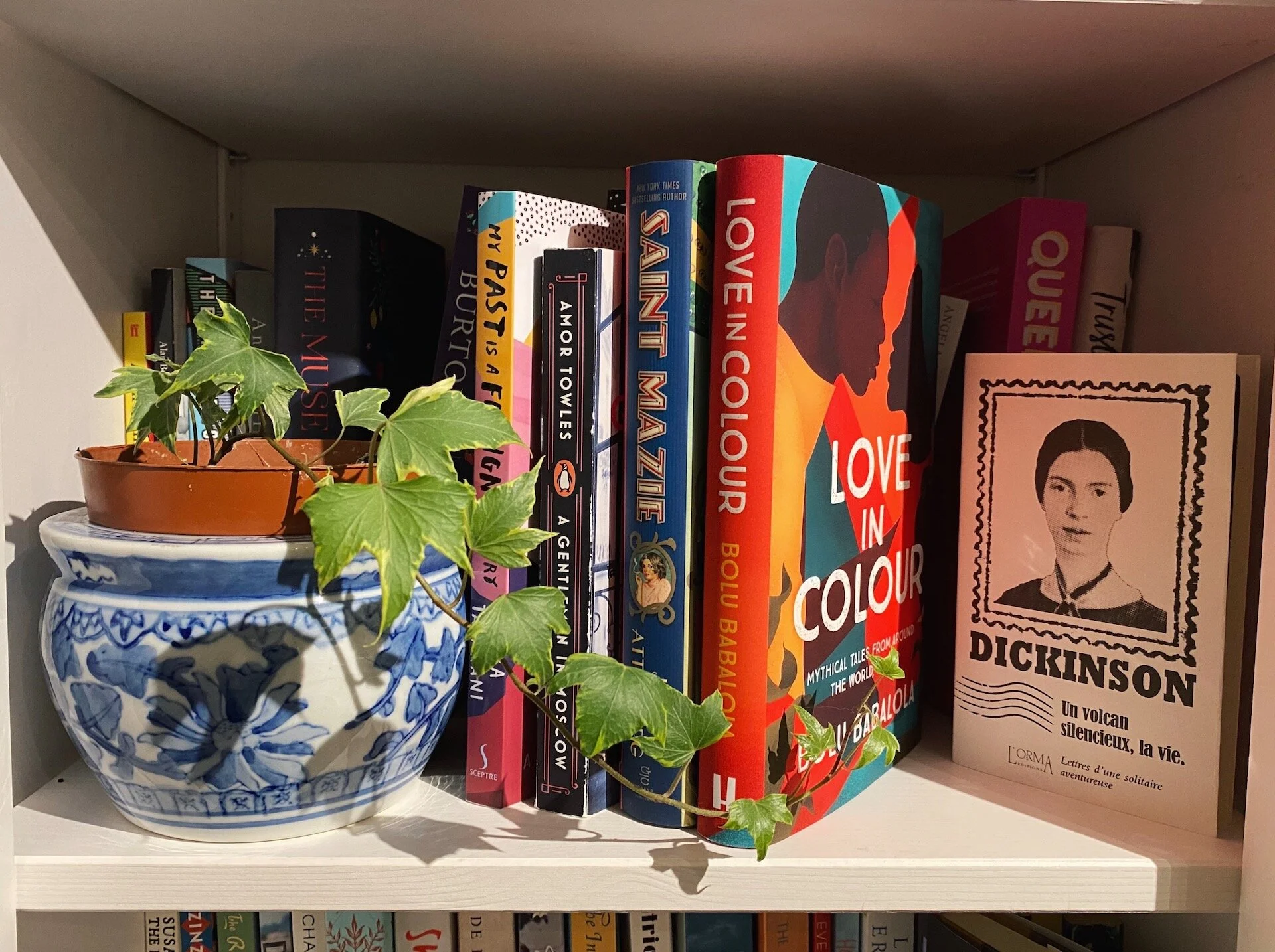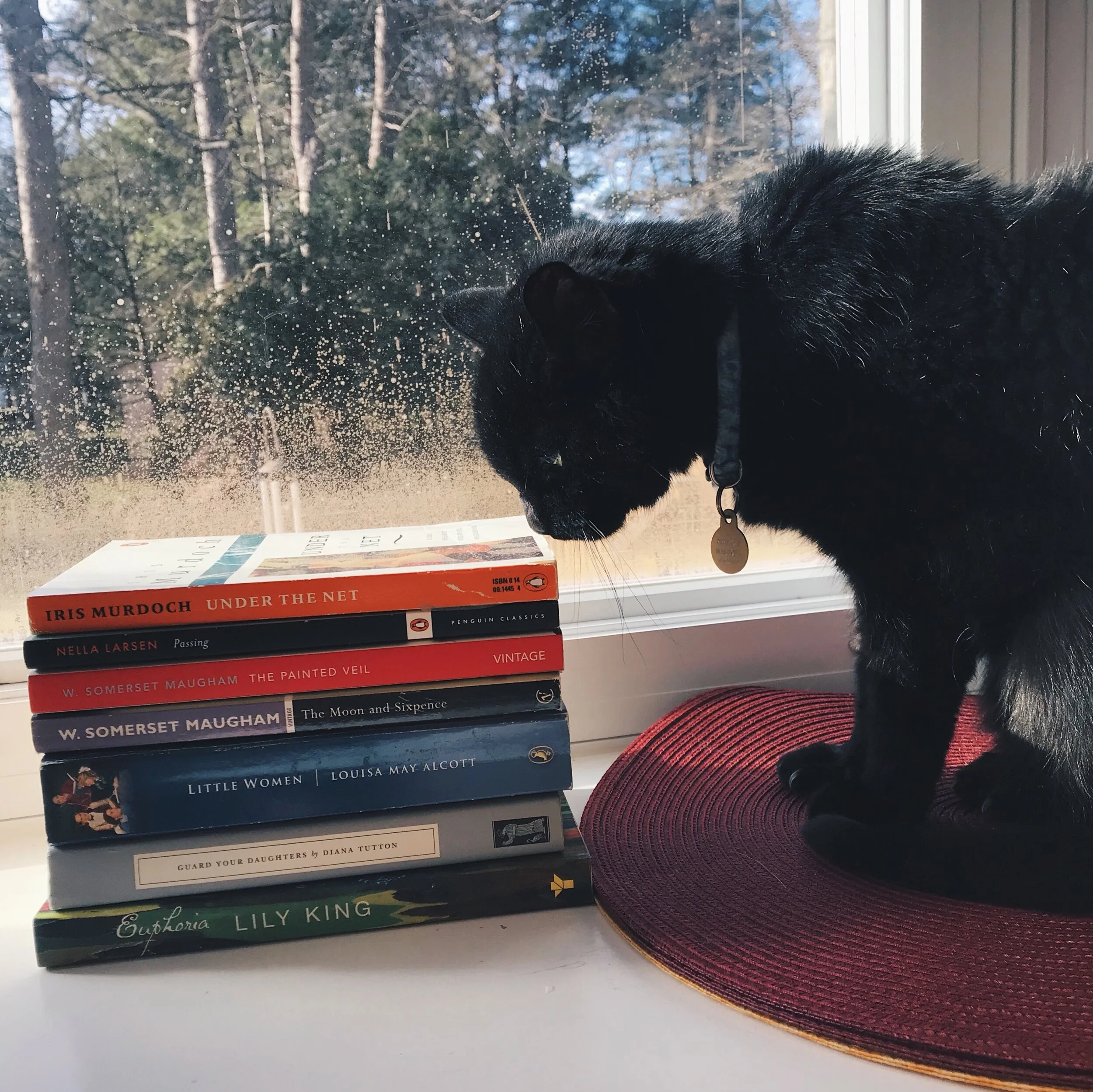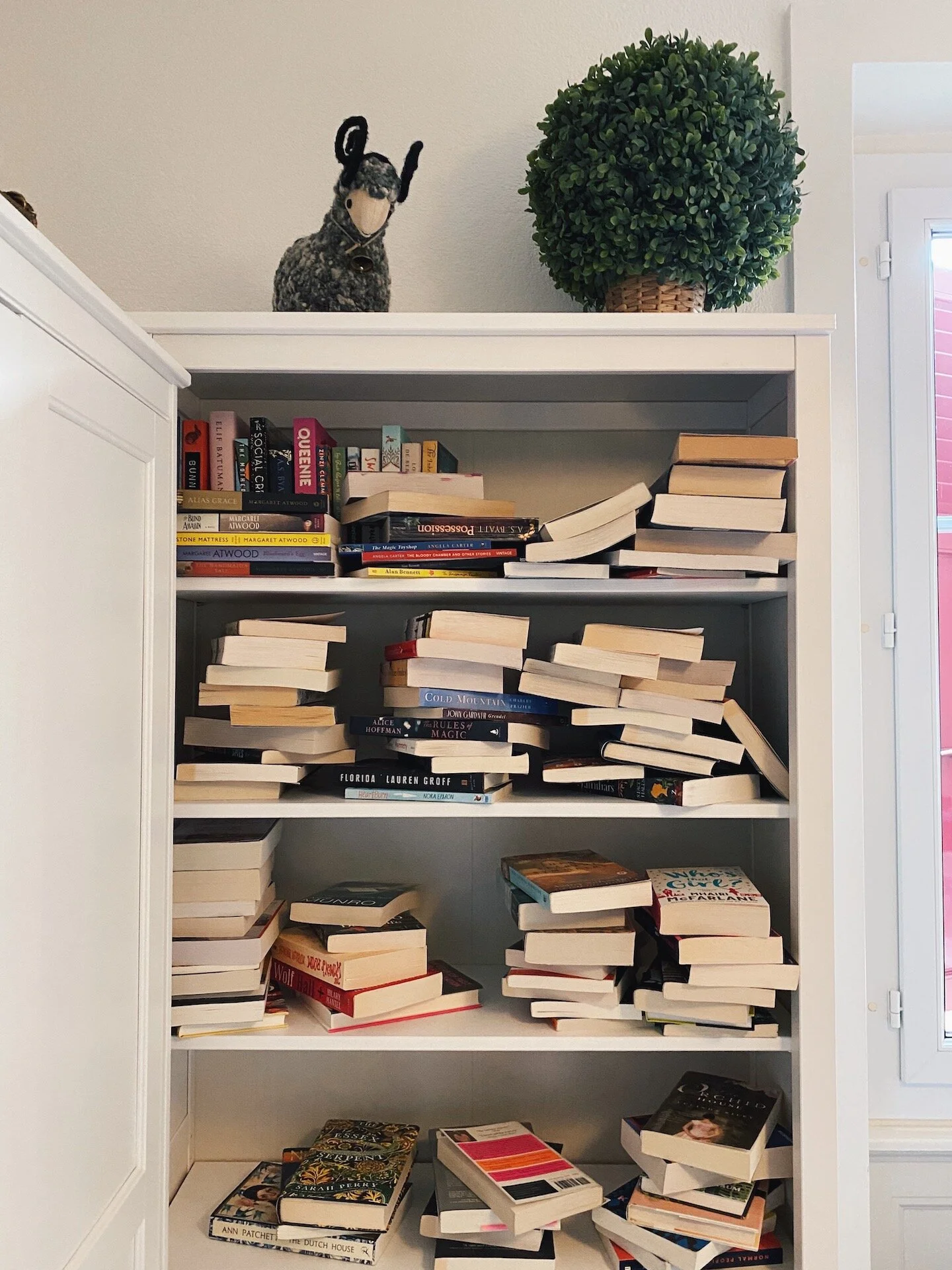Fractured Family in Brit Bennett's The Vanishing Half
Brit Bennett’s The Vanishing Half, published June 2020. Photography by Olivia Gündüz-Willemin.
Looking back at over a quarter century of summer reads, I feel confident in saying that there is nothing so wonderful as to pick up a nice, lengthy novel about a dysfunctional family on a slow summer’s day and to get lost in its world for a couple hundred pages. If the novel is a saga with plenty of time jumps, back stories, and new generations, then all the better. In the newly published The Vanishing Half, Brit Bennett turns the family saga towards sisters, mothers, daughters, grandmothers, and the multi-generational emotions that cascade when just one family member questions their identity.
The story centers around Stella and Desiree Vignes, twins who grow up in Mallard, Louisiana – a fictional town founded by their great-great-great grandfather for a light-skinned Black community dedicated to becoming lighter with each future generation. The twins feel stifled in their community, adventurous Desiree wanting to live a more exciting life and studious Stella angry that she needs to drop out of high school, so the pair flee in the late 1950s to New Orleans. After a year, both move further away from the fates Mallard tried to impose upon them: Stella vanishes almost into thin air, assuming a white identity and leaving her sister behind, while Desiree leaves for Washington, D.C. where she builds herself a career as a fingerprint reader and marries a prosecutor referred to as “the darkest man she could find.” Time jumps carry The Vanishing Half, as the plot deals with the ramifications of these two acts, with most of the novel taking place between 1968, when Desiree returns to Mallard with her eight year old daughter, Jude, and the 1990s, spanning almost half a century and venturing everywhere from Mallard to Los Angeles to New York and Minneapolis.
While the novel moves through key periods of the civil rights movement, The Vanishing Half focuses on interpersonal relationships to race rather than the movement in itself. Much darker in skin tone than everyone else in Mallard, Jude looks nothing like her mother and faces the wrath of her colorist peers and townspeople. Despite this, Desiree, once known as “the fidgety twin,” stays put in her hometown and dedicates herself to raising her daughter and caring for her own mother, unwilling to yield to the prejudices that inspired her to leave Mallard in the first place. She loves her daughter unconditionally and encourages her to embrace her appearance while those around her push her to do the opposite. Across the country and shrouded in secrecy, Stella stays away and raises her own blonde, violet-eyed daughter, named Kennedy, through her conformist view of the world – making her the whitest girl Jude ever sees and teaching her to spew hatred whenever her personal comfort is at risk. While Desiree embraces the world for its differences, Stella gives in to fear of not blending into her surroundings and becomes the most racist figure in the novel itself.
The novel’s commentary on race relations – pushing us all to think more about the very active role colorism plays in society (if you don’t know the difference between colorism and racism, then check this out to start) – is extraordinary, but The Vanishing Half is first and foremost a novel on the bond between the twins, and through it, sisterhood, motherhood, and the reaches of family. Desiree and Stella go their separate ways, live incomparable lives and make very different marriages, yet their daughters are drawn to each other – each more like their mother’s opposite twin in personality – when their paths cross in Los Angeles. Jude is an aspiring medical student in a loving relationship with a trans man who brings her unconditional love and friendship while Kennedy is an aspiring actress who is little-liked wherever she goes and cannot get her mother to open up about her own life. Frustration, secrecy, isolation, and prejudice abound in The Vanishing Half as the halves of the family slowly and unknowingly move closer to one another, and the novel exceptionally captures the pain of a fractured family as they move towards collision and reckon with the past. Broken by Stella’s decision to leave her identity behind, the Vignes family mourns the disappearance of a vital member. Desiree yearns for her lost twin and their mother painfully imagines her lost child as she ages and loses her memory. Though Stella is physically gone, the power of her existence is unshakeable in the day to day lives of her closest relatives.
Reading the novel, I felt for the daughters: Desiree’s love, Stella’s studiousness, Jude’s conviction, and Kennedy’s inability to know her mother. Through her writing, Bennett brings their worlds alive and does what many a multi-perspective, decades-spanning novel fails to do: she treats each of her characters with respect and development so fully formed that they jump off the page and settle permanently into your mind. Their emotions palpable, their fears chilling, and their connections to one another so clearly evident (even, when some of them refuse to see it themselves) that I’ll be thinking of the Vignes twins and their daughters for a long time to come.
Through contrast and ironic symmetry, Bennett weaves together a family saga that speaks to the push and pull of family, through generations, through choice, through imitation, as well as through generational trauma, and makes The Vanishing Half a novel that will remain important for decades to come both in story and in literary construction.
† This post is not sponsored, however as an affiliate we may receive a small percentage from any purchase made through The Attic On Eighth's Bookshop page at no additional cost to you. Bookshop.org allows you to shop with your local independent bookshops at this time when traveling outdoors is discouraged. Thank you for your support!
Olivia Gündüz-Willemin is Editor-in-Chief of The Attic on Eighth. She is dedicated to reading her way through the world and trying to stay as calm as possible.











Reading Naoise Dolan’s Exciting Times and Katie Kitamura’s Intimacies, Rachel Tay explores the unease of moving away from one’s own country and language.